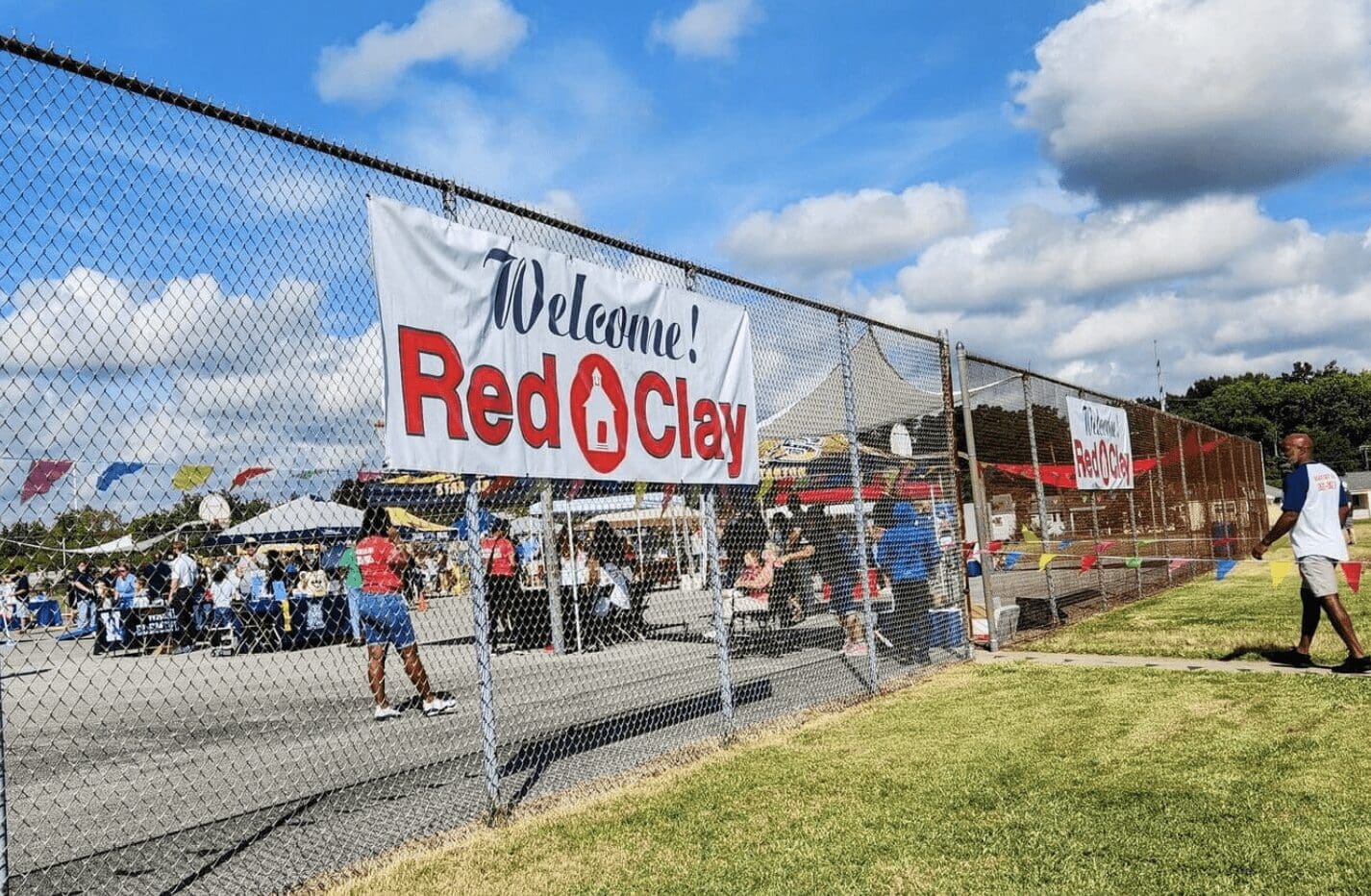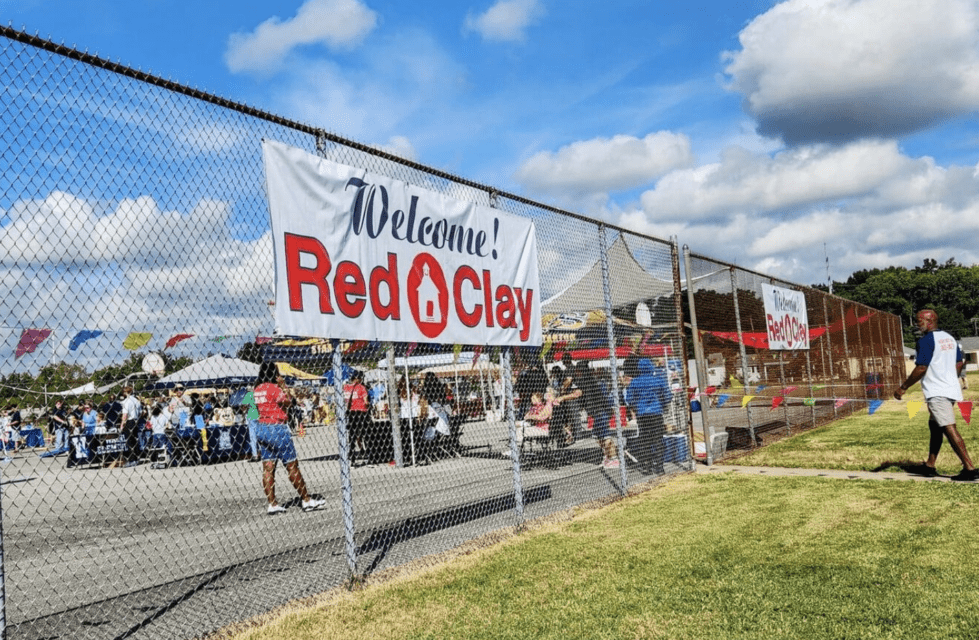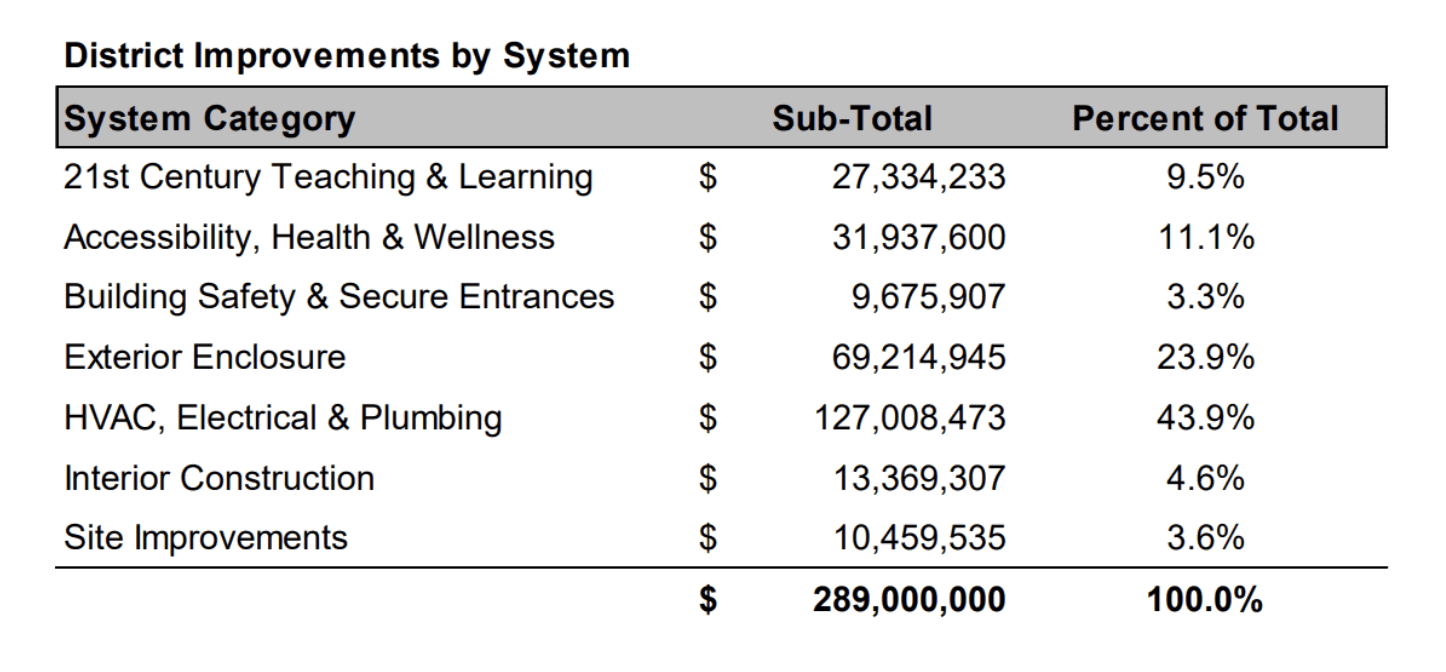

This is the first time the Department of Education has approved a certificate of necessity for Red Clay in more than a decade.
For the first time in more than a decade, the state has approved a certificate of necessity request by the Red Clay Consolidated School District, opening the door for $289 million in funding for capital projects.
The projects will affect 29 schools in Red Clay, one of the largest districts in the state.
Red Clay will now hold a referendum in which residents will vote on whether to raise local taxes.
The new revenue is needed to match state money for the projects. The split is usually somewhere between 60-40 and 70-30, with the state paying the larger portion.
If passed, Red Clay district residents would pay an average of $404 more over three years. It would include $242 more in fiscal year 2025, $81 more in fiscal year 2026 and $81 more in fiscal year 2026.
The certificate of necessity is a document that districts submit to the Department of Education that certifies that a district’s projects are necessary and also helps them set cost limits for each.
If approved, the state pays the majority of the funding, while a smaller chunk of funding is local, usually generated by a tax increase on property in the district.
“At this point, the board has been publicly discussing and unanimously supporting our CN applications for years now,” said Jose Matthews, board president of Red Clay on Monday. “Well, that work and advocacy has certainly paid off given that DOE has finally approved Red Clay’s application.”
The $265 million request includes $61,215,575 for capital improvement, $204,947,371 for deferred maintenance and $22,837,054 for programmatic costs.
The money will help address building needs, including the following:
- Building envelope
- Roofing systems
- Exterior walls
- Windows
- Doors
- Interior construction and finishes
- HVAC systems
- Science lab and kitchen hoods
- Electrical power/distribution
- Lighting systems
- Telecommunications
- Plumbing systems
- Fire protection/life safety systems
- Elevators/lifts/ramps
- Hazardous abatement
- Security systems
- Exterior building/site lighting
- Sidewalks/building perimeter
The cash will be broken down this way:
The district is delighted to have the chance to be able to ensure its buildings are cool when needed, warm when needed, dry and conducive to learning, Matthews said.
The referendum will be held Feb. 28, 2024. The last time the district had an operating referendum was in 2015.
Red Clay is planning a series of community awareness events in the coming months to make sure residents know about the vote and how the proceeds will be used.
It had its first information session Monday.
If the referendum fails, Delaware code allows Red Clay to try again a few months later. If the referendum fails a second time, the state will withdraw the offer.
“Operationally, this gives us the chance to ensure we can attract and keep high quality educators, and give our support staff livable wages,” Matthews said.
Inflation is real, he said, and the district has hard working educators, mostly women, who deserve to raise their families with dignity, as they serve Red Clay’s families.
“This investment has been long overdue and our children deserve better,” he said.


Raised in Doylestown, Pennsylvania, Jarek earned a B.A. in journalism and a B.A. in political science from Temple University in 2021. After running CNN’s Michael Smerconish’s YouTube channel, Jarek became a reporter for the Bucks County Herald before joining Delaware LIVE News.
Jarek can be reached by email at [email protected] or by phone at (215) 450-9982. Follow him on Twitter @jarekrutz
Share this Post




